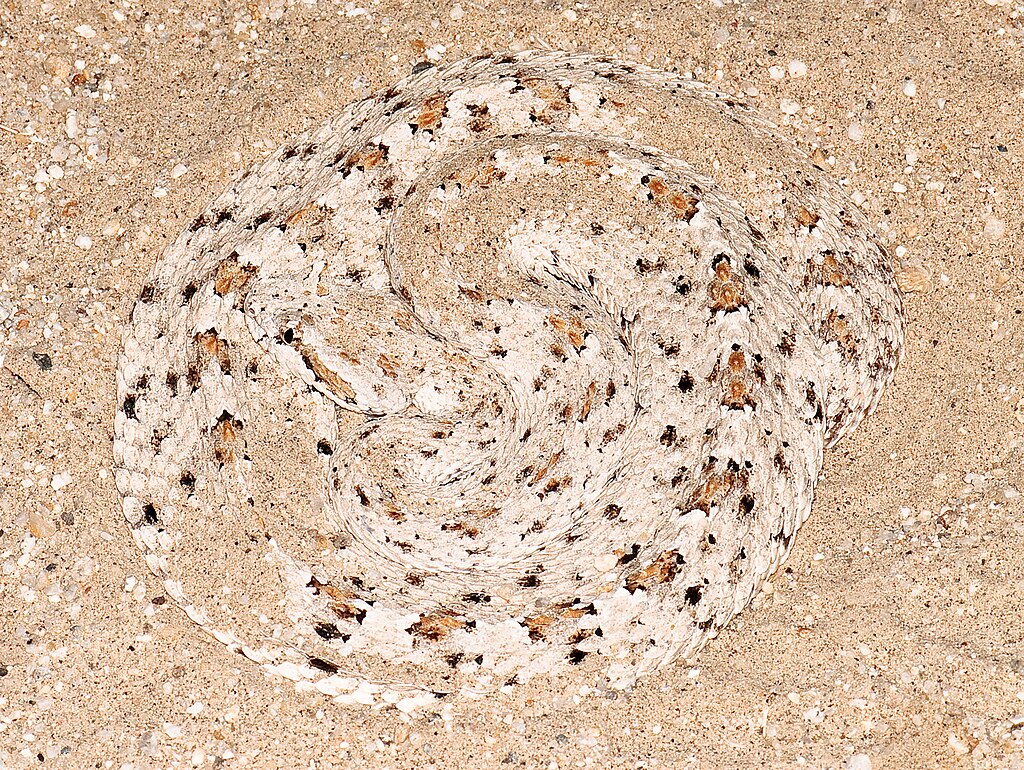Snakes, with their diverse behaviors and remarkable adaptations, continue to fascinate herpetologists and nature enthusiasts alike. Among their intriguing behaviors is the tendency of certain snake species to remain at or near their hatching sites for extended periods, sometimes throughout their entire lives. This phenomenon, observed across various snake families, serves multiple evolutionary advantages and reflects complex ecological strategies. While many reptiles scatter immediately after hatching, these homebody serpents challenge our understanding of reptilian dispersal patterns. This article explores the fascinating reasons behind this site fidelity, examining the biological, ecological, and evolutionary factors that influence why some snakes choose to stay put rather than venture far from their birthplace.
The Security of Familiarity
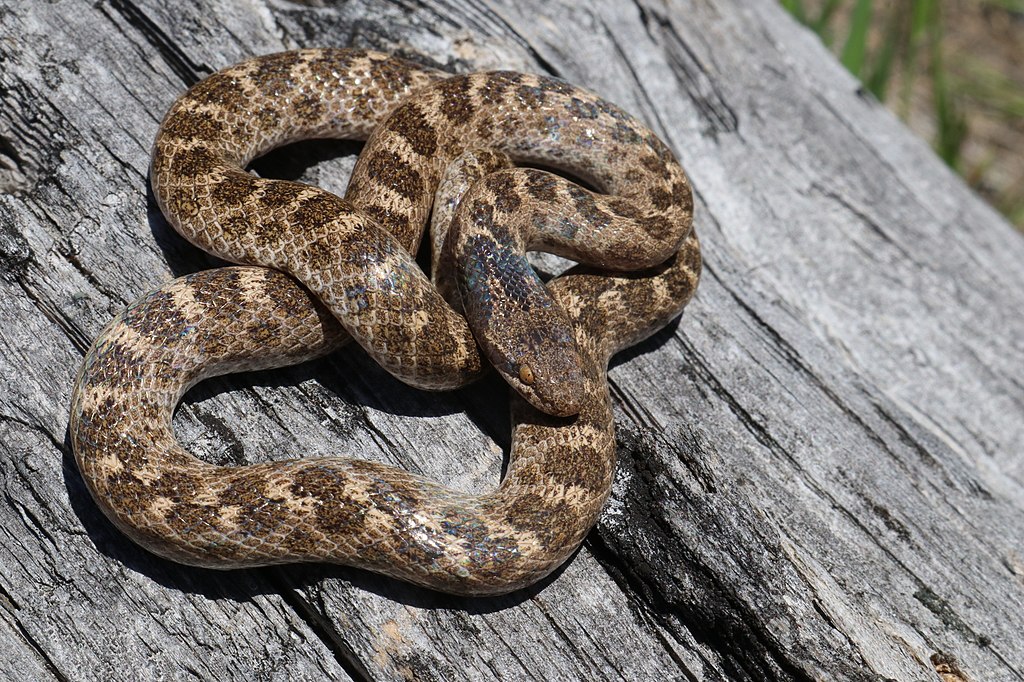
For newly hatched snakes, the immediate environment represents a known quantity in an otherwise dangerous world. Having emerged into an area that successfully supported their egg development, these young reptiles have immediate access to proven suitable habitat conditions. Familiar surroundings offer predictable hiding spots, temperature gradients, and protection from predators that have been effectively “pre-screened” by the mother snake’s initial nest selection. This environmental familiarity reduces the considerable risks associated with dispersal through unknown territories where predation pressure may be higher. Young snakes that remain in these natal areas can effectively navigate their surroundings from day one, giving them a survival edge during their most vulnerable life stage.
Specialized Habitat Requirements
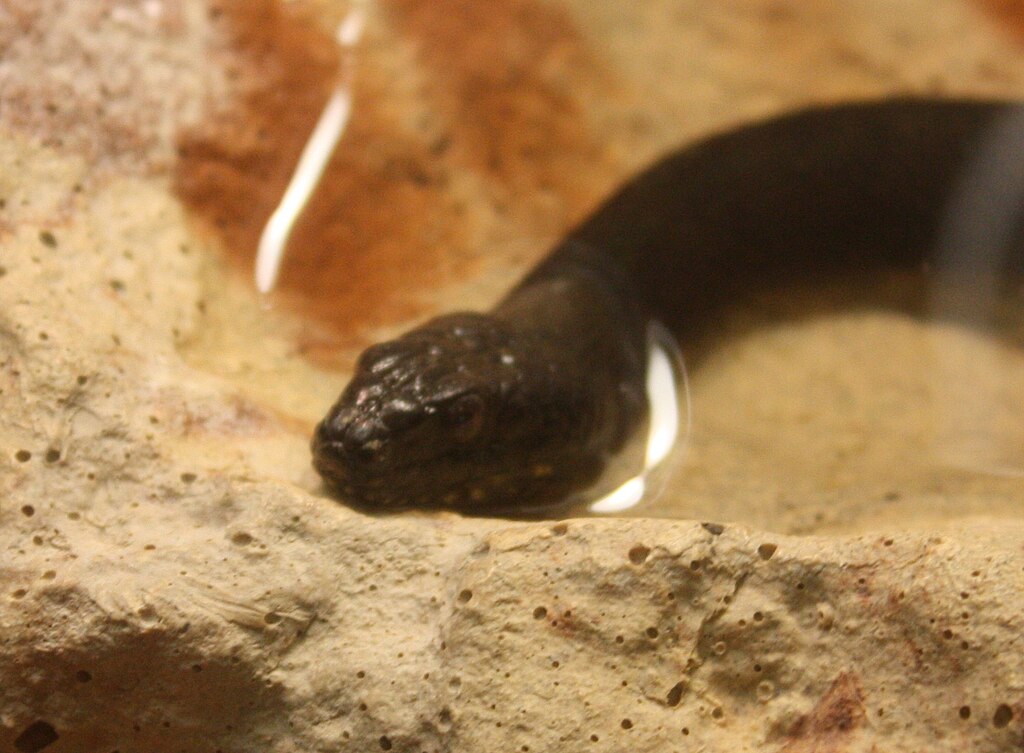
Many snake species have evolved highly specific habitat needs that may be surprisingly limited in geographical distribution. For species like the Eastern massasauga rattlesnake (Sistrurus catenatus) or many island-dwelling species, appropriate habitat may exist as small, isolated patches surrounded by unsuitable terrain. Female snakes typically select nesting sites within optimal habitat patches, meaning offspring hatch in areas already meeting their specialized requirements. The risks of traversing inhospitable environments in search of new territory often outweigh the benefits, especially when the current location satisfies all survival needs. These habitat specialists may remain in their birth areas simply because alternative suitable habitats are too distant or too difficult to reach safely.
Philopatric Tendencies in Certain Species

Philopatry, the tendency of an animal to remain in or return to its birthplace, is pronounced in several snake families and represents an evolutionary strategy rather than mere coincidence. Timber rattlesnakes (Crotalus horridus), for example, demonstrate strong philopatric behavior, with females often returning to ancestral birthing sites generation after generation. This inheritance of site fidelity creates a situation where young snakes not only remain in their birth areas but continue the tradition with their own offspring. Research tracking marked individuals has shown that some snake populations maintain this site fidelity for decades, creating generational continuity in habitat use. The strength of these philopatric tendencies varies among species but represents a fundamental behavioral adaptation in many snake lineages.
Resource Abundance and Competition
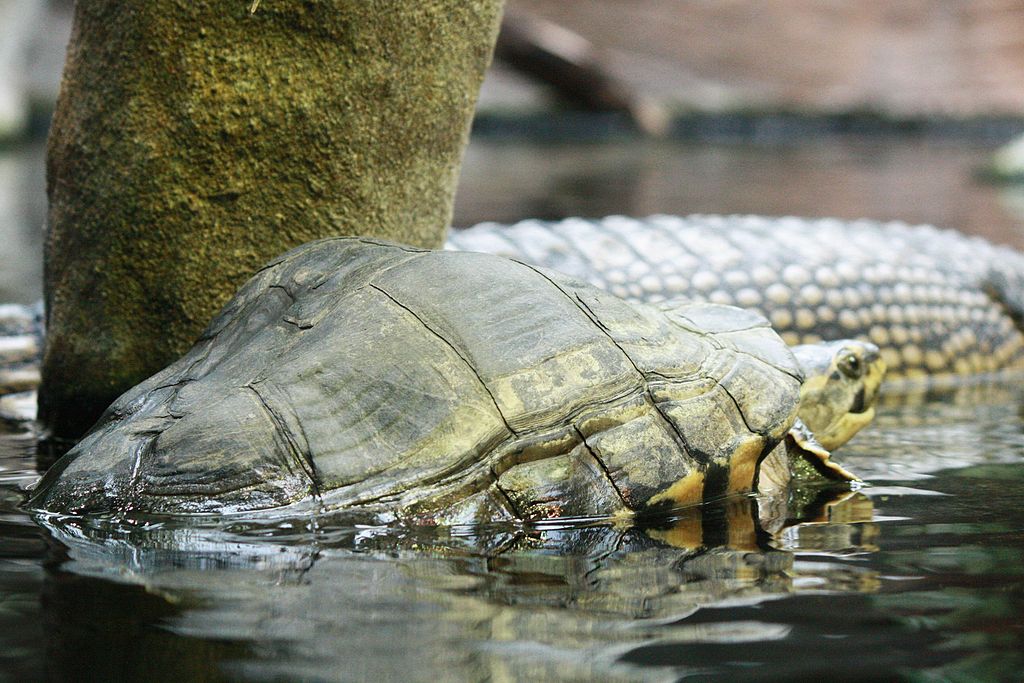
The availability of sufficient food resources plays a crucial role in determining whether young snakes disperse or remain near their hatching sites. In environments where prey is abundant and competition is minimal, there may be little incentive for juvenile snakes to risk movement into unknown territories. Many forest-dwelling snakes hatch in areas with healthy populations of small mammals, amphibians, or invertebrates that can sustain them throughout their lives. The energetic costs and risks associated with finding new hunting grounds may exceed the benefits when resources are already plentiful at the natal site. This resource-based site fidelity is particularly evident in specialized predators like the rough green snake (Opheodrys aestivus), which can remain in small territories with abundant insect populations.
Communal Hibernacula and Social Structures
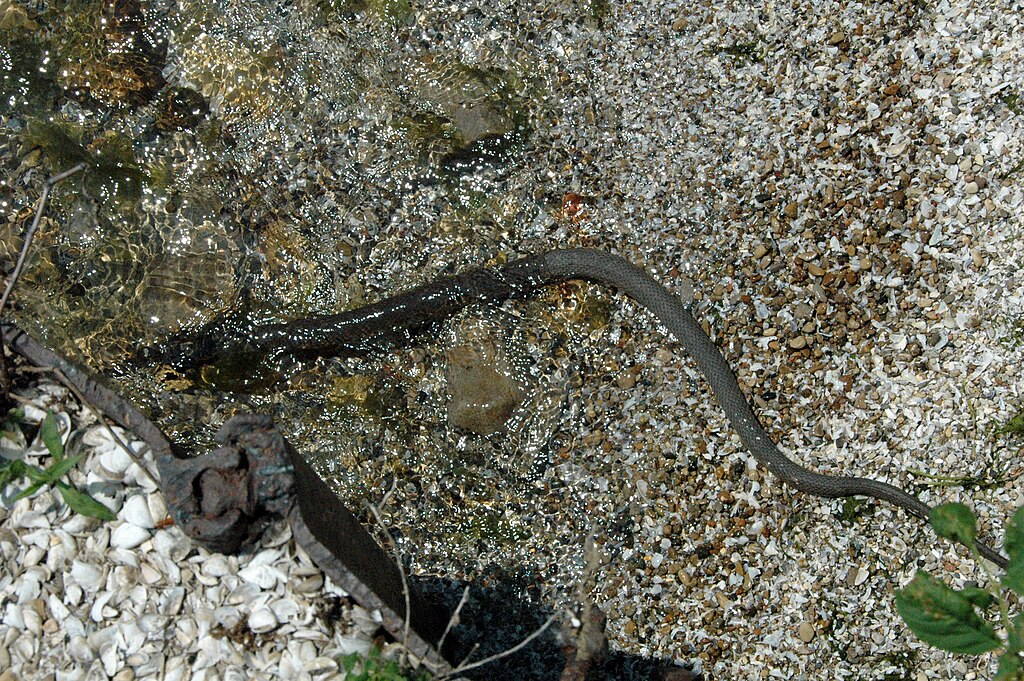
Certain snake species exhibit surprisingly complex social behaviors, including the use of communal hibernation sites (hibernacula) that serve as central points in their spatial ecology. In northern climates, snakes like garter snakes (Thamnophis spp.) and many viper species require specific overwintering sites that protect them from freezing temperatures. Young snakes born near these hibernacula often integrate into these established social systems rather than seeking new territories. The presence of these crucial overwintering structures, which may have been used for centuries by snake populations, creates a powerful incentive to remain near the hatching site. Social information transfer, including knowledge of migration routes between summer feeding grounds and winter hibernacula, further reinforces this site fidelity across generations.
Predator Avoidance Strategies
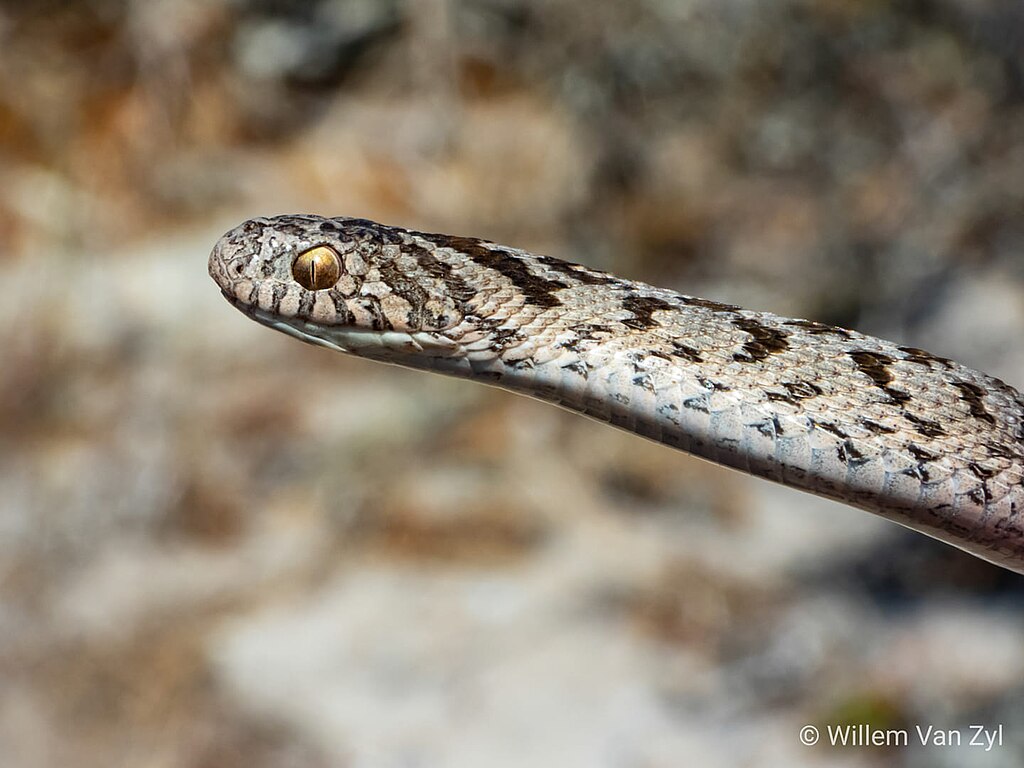
Remaining in a familiar area offers significant advantages for predator avoidance, a critical consideration for vulnerable young snakes. Having hatched in a specific microhabitat, juvenile snakes possess immediate knowledge of escape routes, hiding spots, and potential threats in their immediate surroundings. This “home field advantage” dramatically increases survival chances during early development when predation risk is highest. Species like the copperhead (Agkistrodon contortrix) demonstrate how this knowledge translates to behavior, with juveniles often utilizing the exact same cover objects and retreat sites as their siblings and parents. The alternative—dispersing into unknown territory—exposes young snakes to novel predators without the benefit of established escape strategies, representing a potentially fatal gamble.
Energy Conservation and Growth Benefits

The energy budget of a young snake significantly influences its dispersal decisions, with site fidelity often representing the most efficient option. Long-distance movement requires substantial energy expenditure that could otherwise be directed toward growth and development. By remaining in their birth area, juvenile snakes can allocate more resources to increasing body size, improving hunting efficiency, and developing reproductive capacity. This energy conservation strategy is particularly important for species with limited food availability or highly seasonal feeding patterns. Research on radio-tracked juvenile snakes shows that non-dispersing individuals often achieve faster growth rates and earlier reproductive maturity than their wandering counterparts, creating a powerful selective pressure favoring site fidelity.
Thermal Regulation Advantages

Snakes, as ectothermic animals, depend entirely on environmental heat sources to regulate their body temperature, making access to appropriate thermal environments critical to their survival. Hatching sites selected by female snakes typically offer optimal thermal conditions with appropriate sun exposure, shade availability, and protective cover. Young snakes that remain in these areas benefit from this pre-selected thermal environment without needing to discover suitable basking and cooling sites through potentially dangerous trial and error. The thermal landscape of a habitat represents a complex mosaic that can take significant time to learn, giving site-faithful individuals an immediate advantage in maintaining optimal body temperatures. This thermal advantage translates directly to improved digestion efficiency, immune function, and overall physiological performance.
Limited Dispersal Capabilities
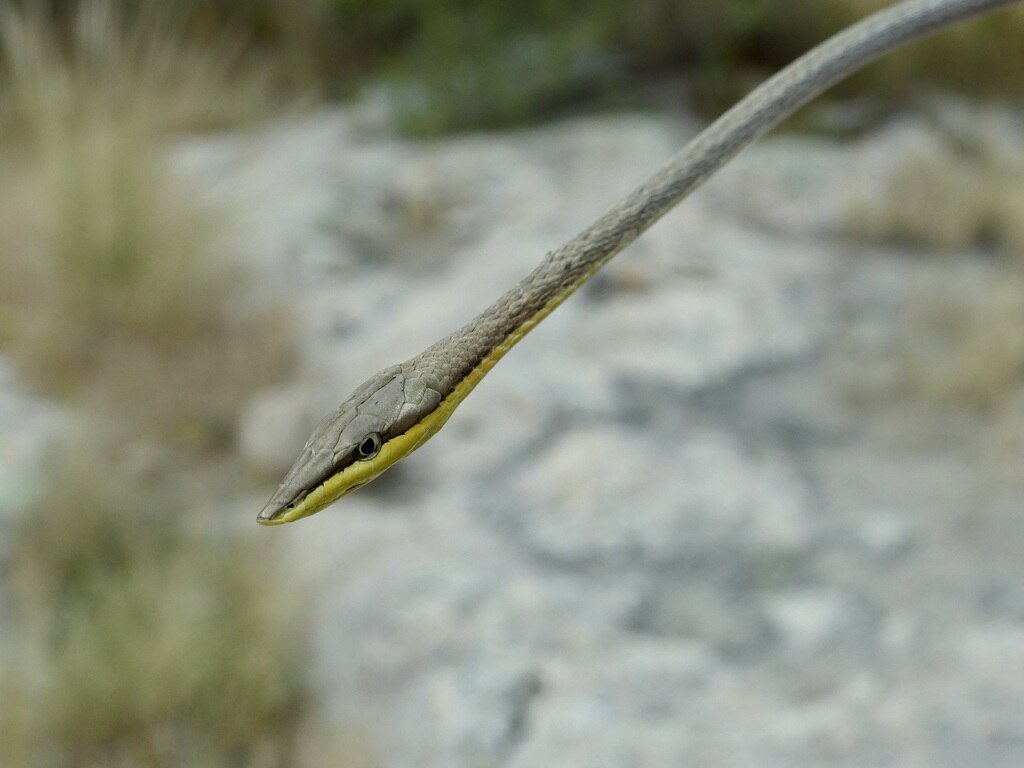
The physical limitations of newly hatched snakes present significant constraints on dispersal possibilities, naturally encouraging site fidelity. Many juvenile snakes emerge with limited energy reserves and relatively poor locomotor abilities compared to adults. These physical constraints make long-distance travel both dangerous and energetically costly, especially for smaller species or those with specialized locomotion. For arboreal species like the green tree python (Morelia viridis), the challenges of navigating through complex canopy environments while avoiding predators make extensive dispersal particularly risky. The combination of physical vulnerability and movement limitations creates a situation where remaining near the hatching site represents the path of least resistance and greatest safety during early development.
Maternal Investment and Nest Site Selection
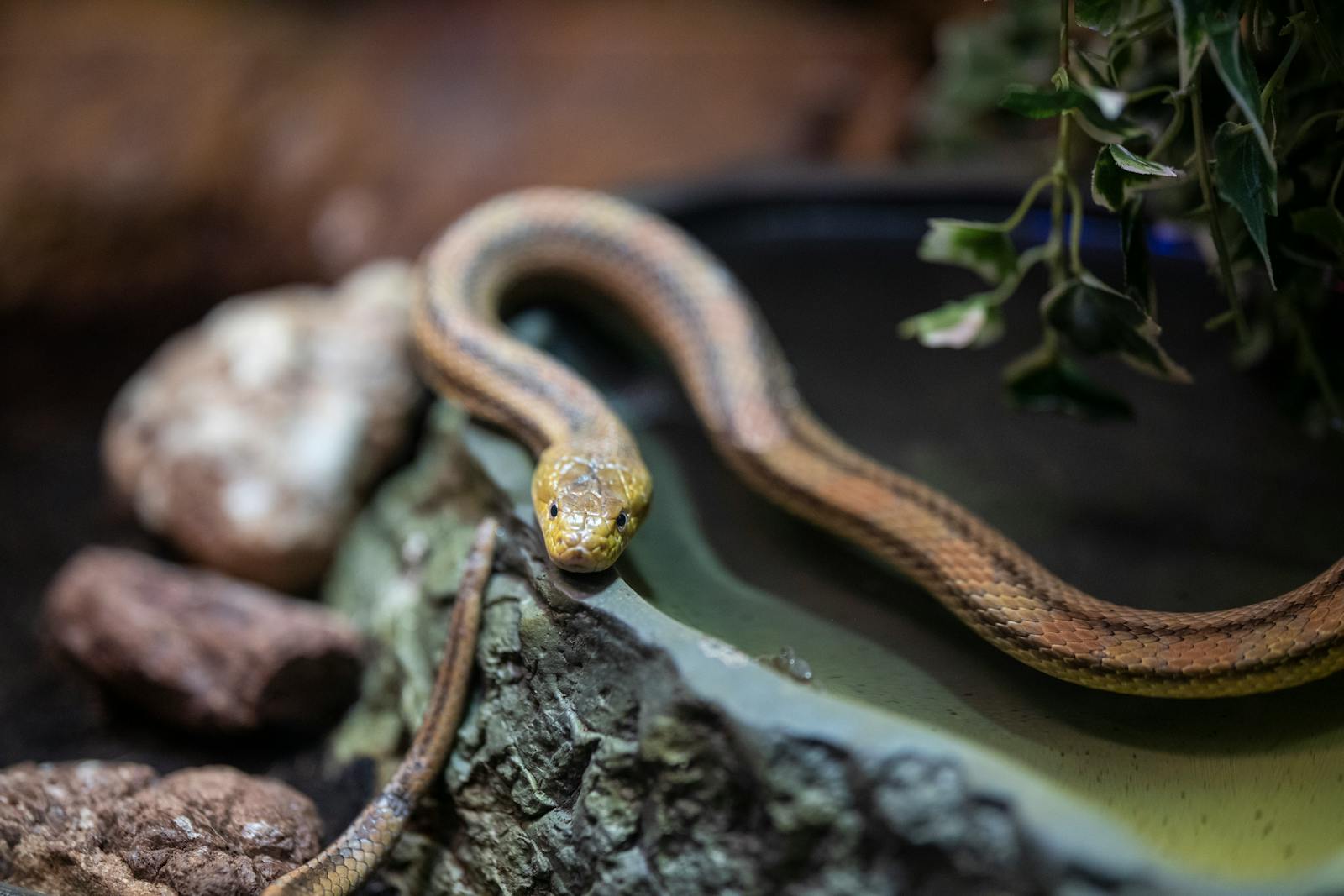
The careful nest site selection behavior of female snakes creates a strong foundation for offspring site fidelity. Mother snakes often invest significant energy in locating optimal nesting sites with appropriate moisture, temperature, and protection from predators and environmental extremes. This maternal investment effectively “pre-screens” habitat quality for offspring, increasing the likelihood that hatching sites will support juvenile development. Some species, like the king cobra (Ophiophagus hannah), construct elaborate nests and may even guard them until hatching, further enhancing the quality of the initial environment experienced by offspring. This maternal influence on habitat selection creates a powerful ecological inertia that encourages young snakes to remain in these carefully chosen environments.
Genetic Predisposition and Evolutionary Advantages
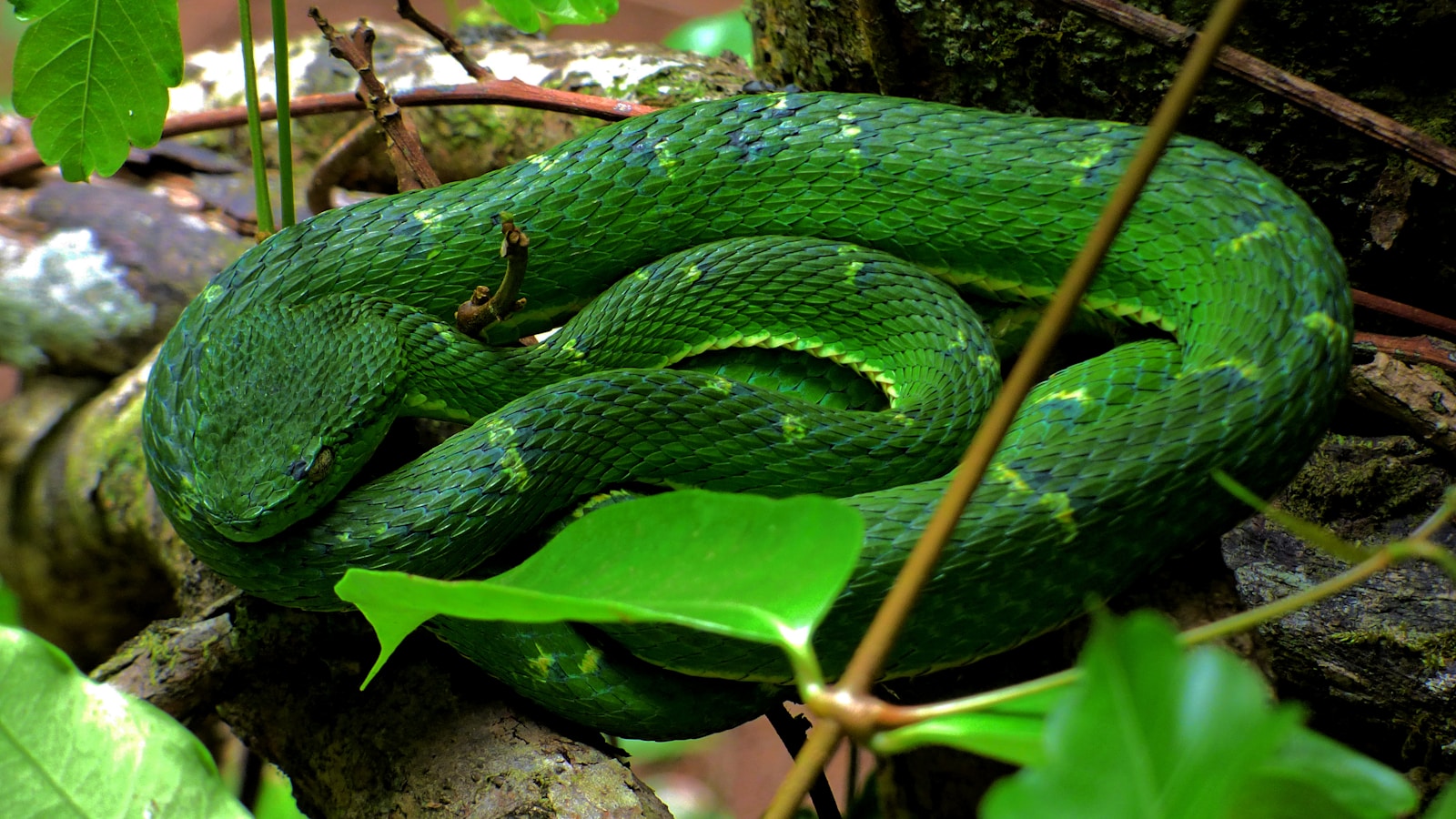
The tendency toward site fidelity appears to have a genetic component in many snake species, suggesting evolutionary advantages to this behavioral strategy. Research comparing closely related snake species shows varying degrees of natal philopatry, indicating genetic influence on dispersal behavior. Population genetics studies reveal that site fidelity can create fine-scale genetic structure within snake populations, with related individuals clustering in specific geographic areas over multiple generations. This genetic clustering may offer advantages through kin selection mechanisms and local adaptation to specific microhabitats. The persistence of these genetic predispositions toward site fidelity suggests that, for many species, the benefits of remaining near hatching sites have consistently outweighed dispersal advantages throughout their evolutionary history.
Environmental Stability and Risk Assessment

In stable environments with predictable resources and limited threats, the risk-reward calculation strongly favors remaining near hatching sites. Young snakes essentially face a decision between the known risks of their birth environment and the unknown risks of dispersal. Many species appear to employ a “stay-unless-forced-to-leave” strategy, remaining in their natal areas unless specific environmental pressures like resource depletion or habitat degradation force movement. This conservative approach to spatial ecology makes evolutionary sense in habitats where conditions remain relatively constant across generations. Researchers studying long-term snake populations have observed that species in more stable environments typically show stronger site fidelity than those in variable or unpredictable habitats, suggesting adaptive flexibility in this behavior based on environmental context.
Conservation Implications of Limited Dispersal
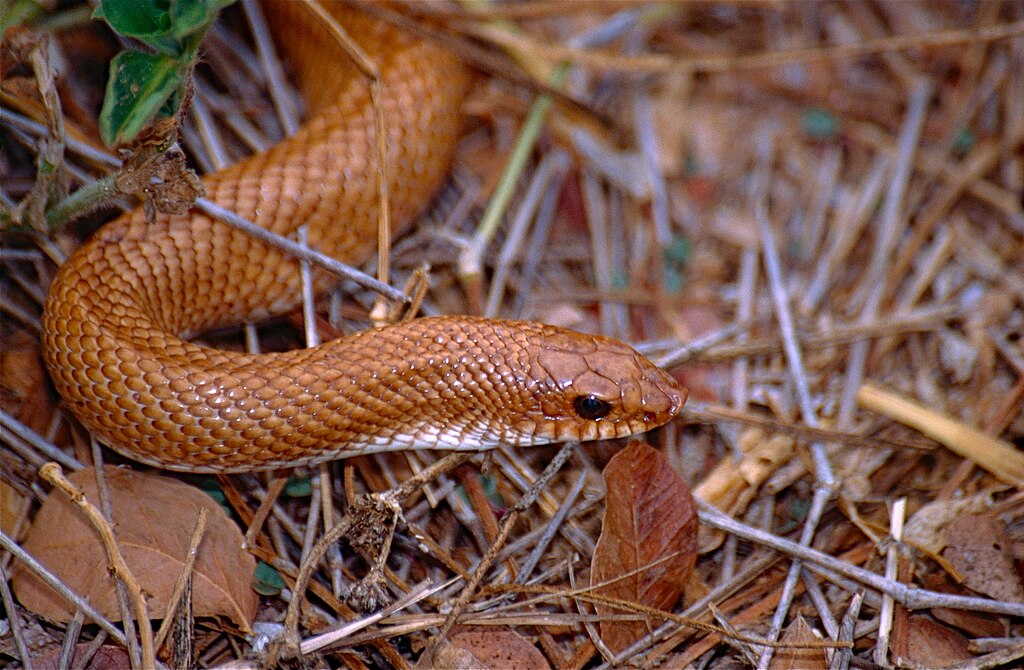
The site fidelity exhibited by many snake species carries significant conservation implications in our rapidly changing world. Species with limited dispersal capabilities face greater extinction risks when habitats become fragmented or degraded, as they may be unable or unwilling to relocate to more suitable areas. Conservation efforts for such species must focus on preserving not just generalized habitat, but the specific sites where reproduction has historically occurred. Translocation attempts for conservation purposes often fail with philopatric snake species, as relocated individuals frequently attempt dangerous returns to their original territories. Understanding the biological importance of hatching site fidelity has become crucial for designing effective conservation strategies, particularly for endangered snake species with strong ties to specific geographic locations.
Conclusion
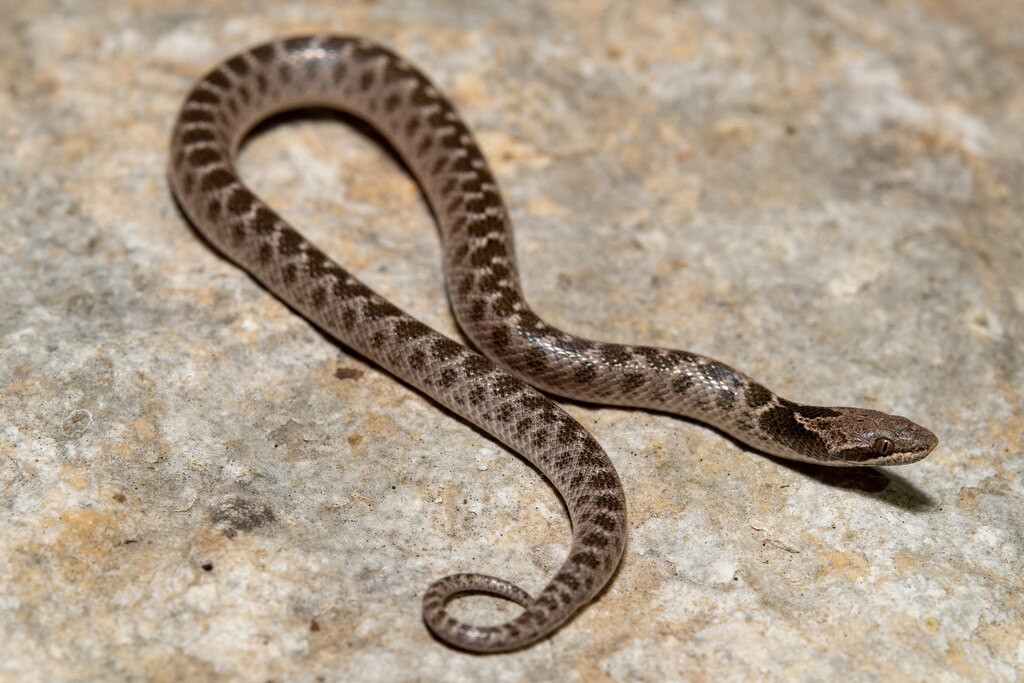
The tendency of certain snake species to remain at or near their hatching sites represents a fascinating intersection of behavioral ecology, evolutionary biology, and survival strategy. Rather than indicating laziness or limited capabilities, this site fidelity demonstrates sophisticated adaptation to environmental conditions and life history constraints. The security of familiar surroundings, specialized habitat requirements, social structures, and energetic considerations all contribute to making “staying home” a successful strategy for many snake species. As we continue to study these remarkable reptiles, their attachment to birthplaces offers valuable insights into how animals balance the competing pressures of risk, resource acquisition, and reproduction across generations. For these serpentine homebodies, the decision to remain where life began often represents not a limitation, but an elegant evolutionary solution.

